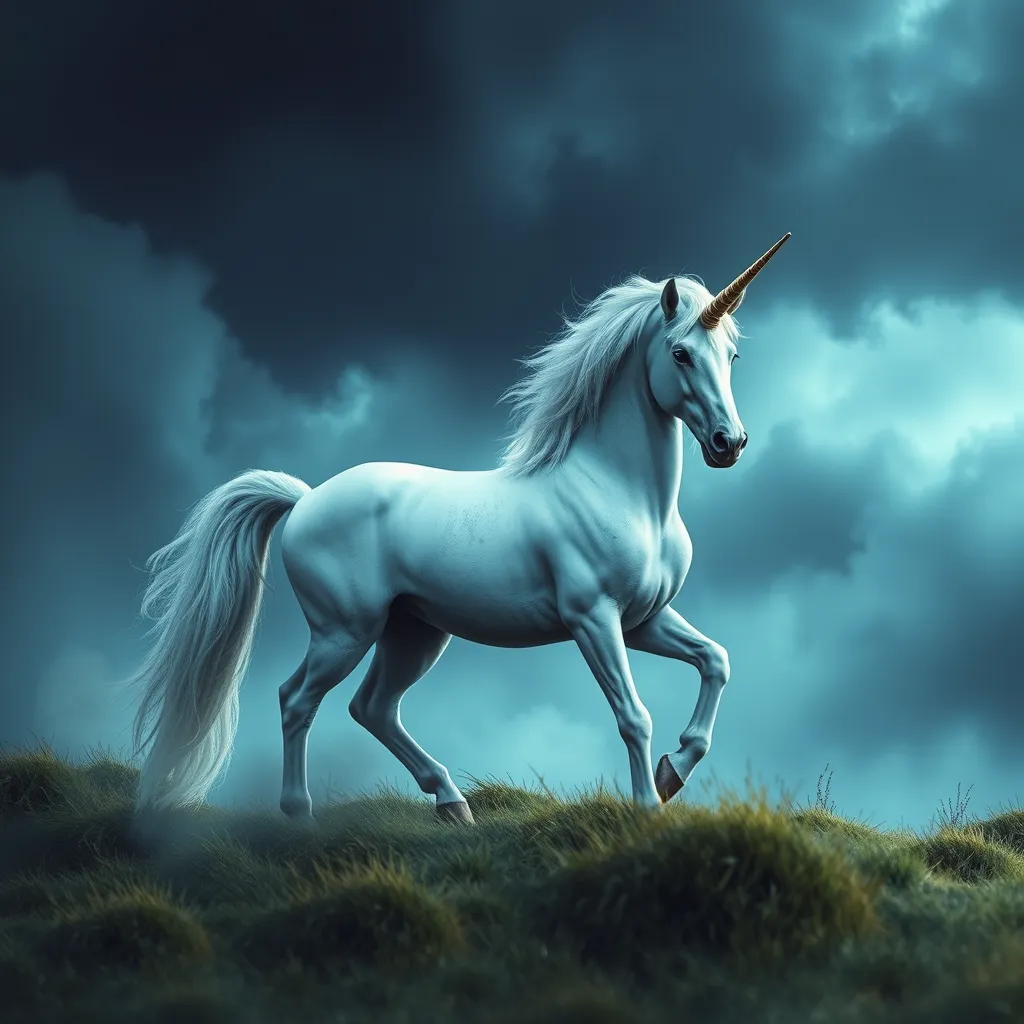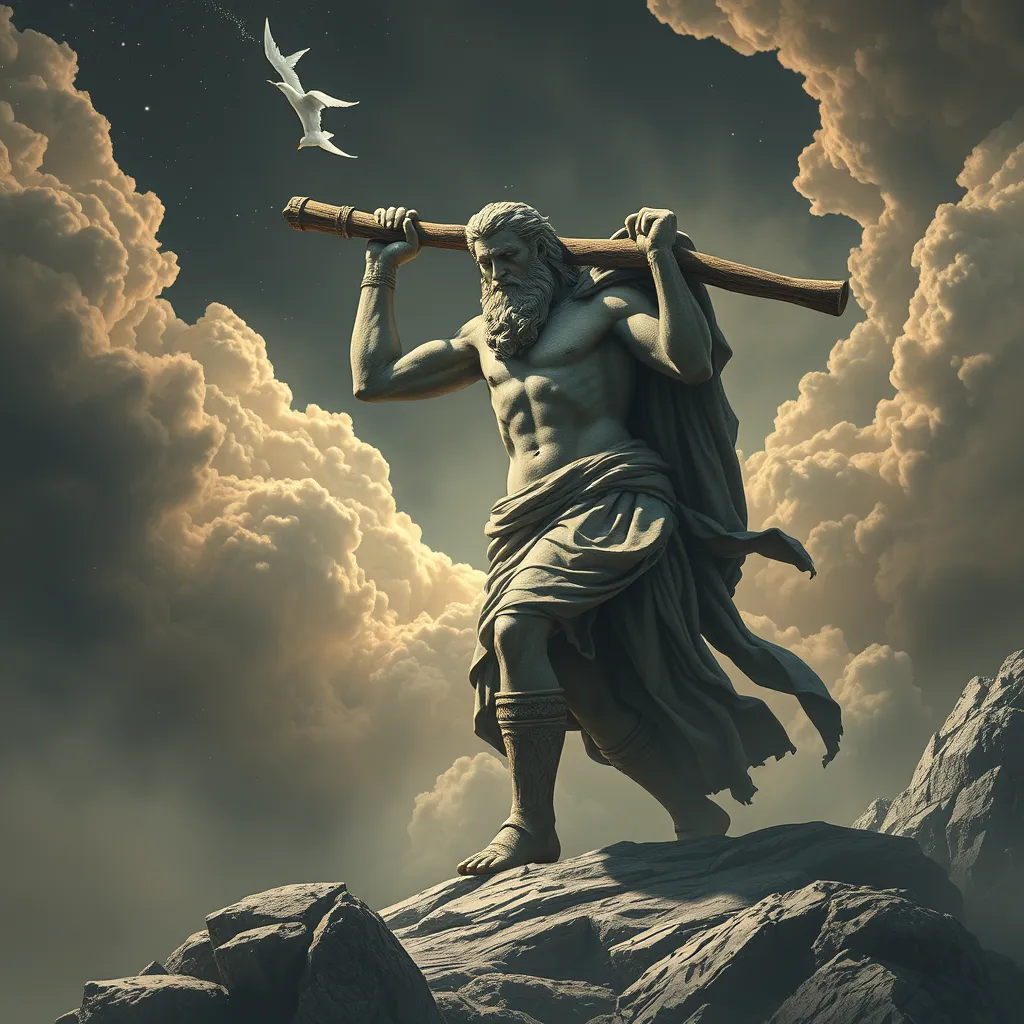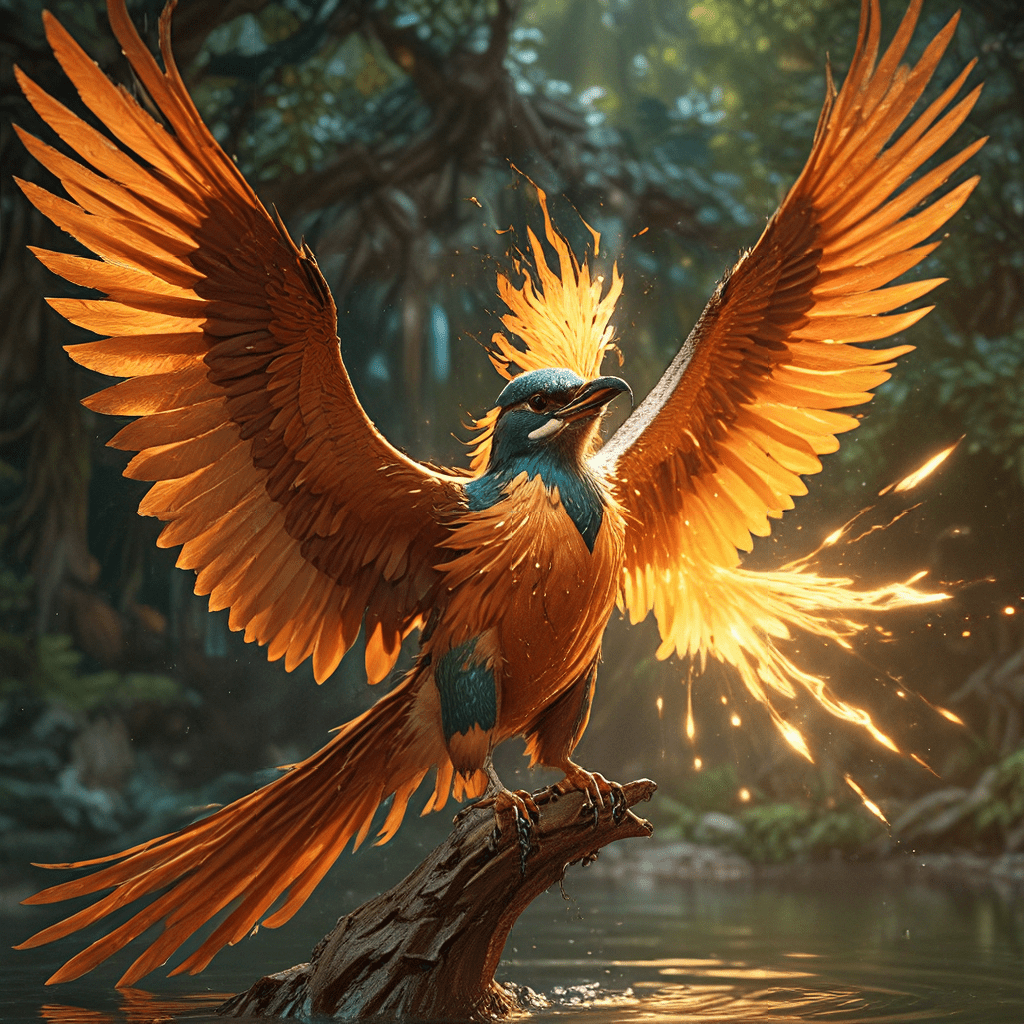The Unicorn’s Legacy: Exploring the Unicorn in Norse Mythology
I. Introduction
The unicorn, a creature often depicted as a horse-like being with a single spiraled horn, holds a significant place in the mythologies of various cultures around the world. From the ancient civilizations of Mesopotamia to the romantic tales of medieval Europe, the unicorn symbolizes purity, grace, and the untamed spirit of nature. Norse mythology, a rich tapestry of gods, goddesses, and mythical creatures, also features the unicorn, albeit in a more subtle and complex manner.
This article aims to delve into the representation and significance of the unicorn within Norse mythology, exploring its origins, cultural symbolism, and legacy that has transcended time and geography.
II. Origins of the Unicorn Myth
A. Historical accounts of unicorn-like creatures in ancient texts
The earliest known accounts of unicorn-like creatures can be traced back to ancient texts, including the Indus Valley Civilization seals and writings by Greek historians such as Ctesias. These accounts often describe a horse-like creature with a single horn, suggesting a blend of reality and myth.
B. Comparison of the unicorn’s depiction in Norse mythology versus other mythologies
In Norse mythology, the unicorn is less prominent than in other cultures like Celtic or Christian traditions. While the unicorn in Celtic lore often embodies purity and healing, in Norse tales, it takes on more ambiguous qualities, reflecting the rugged and often harsh Scandinavian landscape.
C. Influence of the natural world on the creation of the unicorn myth
The natural environment of Scandinavia, with its vast forests and mysterious wildlife, likely influenced the conception of the unicorn. The interplay of reality and myth created a creature that was both awe-inspiring and elusive, mirroring the unpredictable nature of the world around the Norse people.
III. The Unicorn in Norse Texts and Artifacts
A. Examination of references to unicorns in Norse sagas and poetry
While unicorns are not the central figures in most Norse sagas, there are references scattered throughout the literature. For instance, some poetic Edda texts hint at creatures resembling unicorns, often in the context of battles or magical encounters.
B. Analysis of archaeological findings depicting unicorns
Archaeological discoveries, including carvings and artifacts from Viking settlements, have revealed depictions of horned creatures. These artifacts suggest that the unicorn, or creatures akin to it, held some significance in Viking-age culture.
C. The role of the unicorn in Viking-age art and culture
In Viking-age art, the inclusion of unicorn motifs often represented ideals of strength and beauty. The unicorn’s representation on jewelry, weapons, and tapestries indicates a cultural appreciation for the mystical and the extraordinary.
IV. Symbolism of the Unicorn in Norse Culture
A. The unicorn as a symbol of purity and grace
The unicorn is often associated with purity and grace, qualities highly valued in Norse culture. This symbolism can be seen in the way the unicorn is depicted in art, often surrounded by serene landscapes or divine beings.
B. Connections between the unicorn and Norse gods or goddesses
Some interpretations suggest that the unicorn may have been symbolically linked to certain Norse deities, particularly those associated with fertility, beauty, and the natural world. The connection with divine figures enhances the unicorn’s role as a bridge between the earthly and the divine.
C. The unicorn as a representation of the untamed and mystical aspects of nature
The unicorn embodies the untamed aspects of nature, a theme prevalent in Norse mythology. It reflects the idea that nature is both beautiful and dangerous, a duality that is central to many Norse myths.
V. The Unicorn and Norse Folklore
A. Stories and legends involving unicorns in Norse folklore
In various folktales, unicorns appear as magical beings that either assist or challenge heroes. These narratives often serve to convey moral lessons, illustrating the consequences of arrogance or the rewards of purity.
B. The unicorn’s role in moral lessons and cultural narratives
Unicorns in folklore can symbolize the importance of virtues such as honesty and integrity. Many tales depict characters who seek the unicorn, only to find that their intentions determine whether they receive its blessings.
C. Comparison with other mythical creatures in Norse folklore
- Dragons: Often representing chaos and destruction.
- Giants: Embodying the forces of nature and primal power.
- Elves: Symbolizing beauty and the ethereal.
In comparison, the unicorn stands out as a creature of balance, embodying both beauty and moral integrity.
VI. The Unicorn’s Legacy in Modern Culture
A. How the unicorn has been reinterpreted in contemporary literature and media
In modern times, the unicorn has taken on various interpretations, often appearing in fantasy literature, films, and art. From children’s tales to adult fantasy epics, the unicorn represents ideals of hope and magic.
B. The influence of Norse unicorn mythology on modern fantasy genres
The themes and symbols associated with unicorns in Norse mythology have influenced contemporary fantasy genres, inspiring authors and creators to incorporate these elements into their works. This has led to a resurgence of interest in Norse-inspired narratives.
C. The resurgence of interest in Norse mythology and its creatures
As the popularity of Norse mythology grows, so does the fascination with its creatures, including the unicorn. This renewed interest encourages a deeper exploration of ancient texts and the cultural significance of these mythical beings.
VII. Debates and Interpretations
A. Scholarly perspectives on the existence of unicorns in Norse mythology
Scholars continue to debate the existence and significance of unicorns in Norse mythology. Some argue that references to unicorn-like creatures may have been misunderstood or exaggerated over time.
B. Controversies regarding the translation and interpretation of texts
The translation of ancient texts often leads to varied interpretations. Words describing unicorns may have had different connotations in Old Norse, complicating our understanding of their role in mythology.
C. The relevance of the unicorn myth in understanding Norse cultural identity
Exploring the unicorn myth in the context of Norse culture provides insights into the values and beliefs of the Norse people. It reflects their relationship with nature and the divine, serving as a lens through which to view their worldview.
VIII. Conclusion
The unicorn, while not as prominent in Norse mythology as in other traditions, carries significant symbolic weight. It represents purity, grace, and the untamed spirit of nature, resonating with the cultural narratives of the Norse people. The allure of the unicorn myth continues to captivate modern audiences, reminding us of the timeless fascination with mythical creatures.
As we preserve and explore these cultural myths, we not only celebrate the rich tapestry of human storytelling but also deepen our understanding of the values and beliefs that shape our identities.



